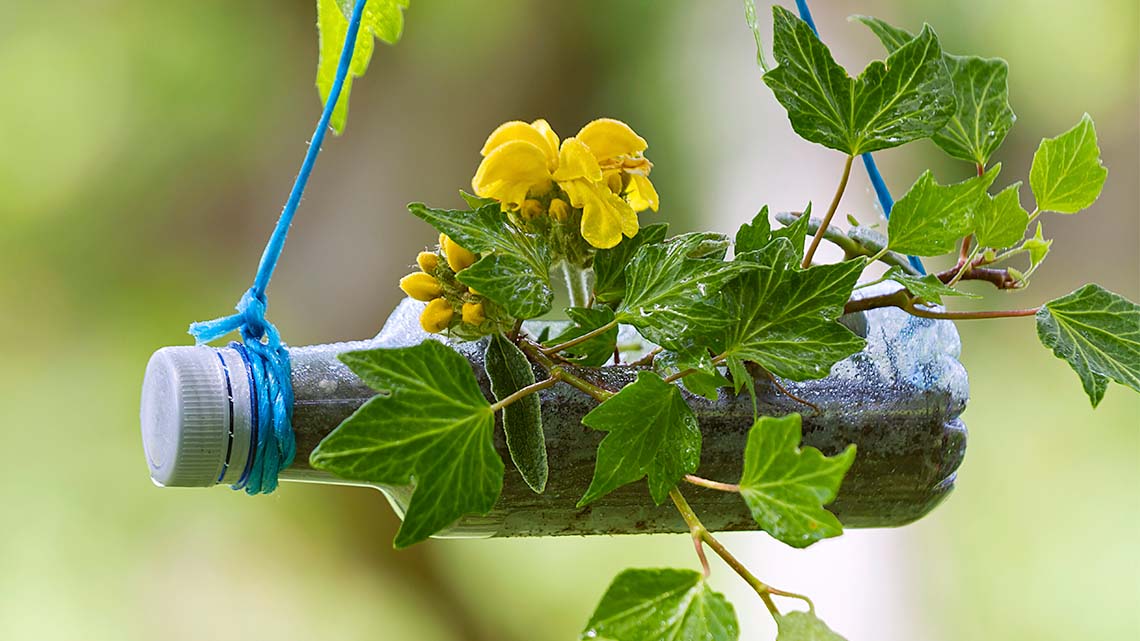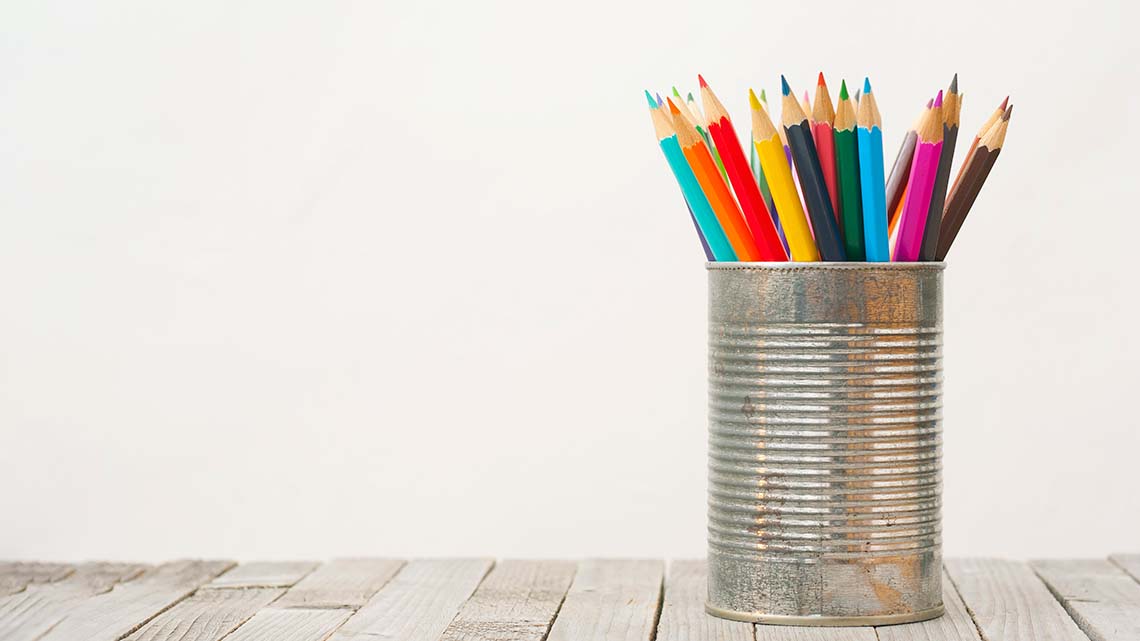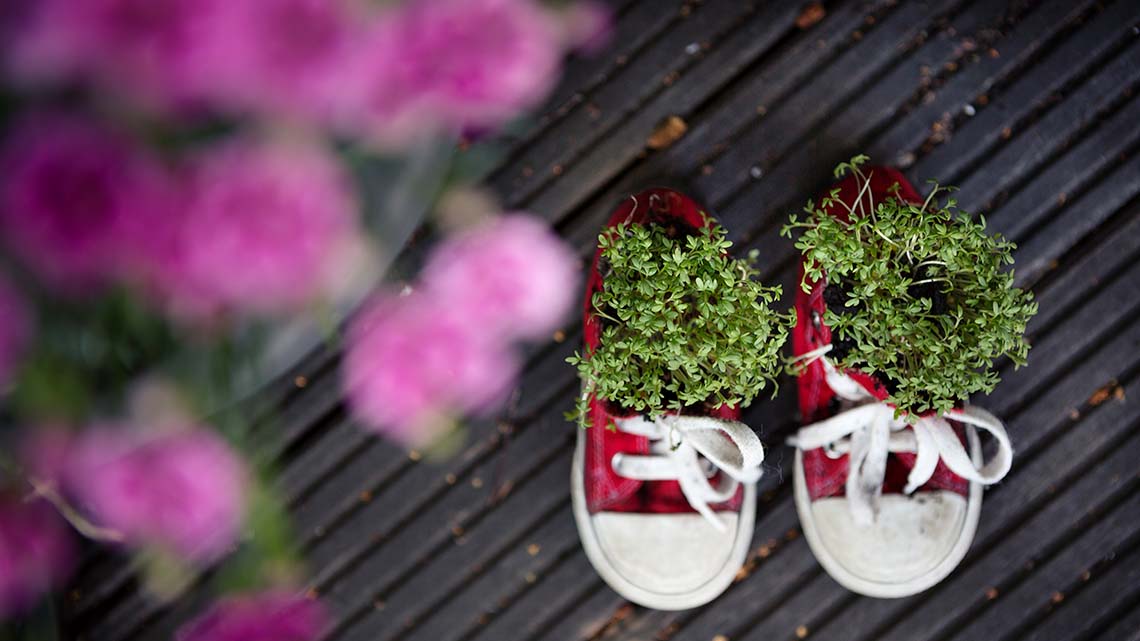Minds On
Let’s explore!
Explore these objects.
What do you think each object was first used for?
What are they being used for now?
Record your ideas on the computer, on paper, or in a recording.
Action
The life of an item
Objects are made for a specific purpose. Many of these objects have a life cycle that has an end.
Explore this life cycle of a water bottle.

The lifecycle of a water bottle. In the first bubble, there is a bottle filled with water. In the second bubble, a group of friends drink bottled water together. In the third bubble, there is an empty, crumpled bottle. In the last bubble, the empty bottle is placed in a recycling bin.
Over time, objects that are not being used anymore become waste.
Sometimes objects wear out.

Sometimes objects break.

Sometimes objects are outgrown.

These objects could be thrown away, but they could also become something else!
It is important not to throw everything away. The more we throw away, the more garbage there is and that can hurt the environment.
Let’s explore the objects from the Minds On.
Press the following tabs to access the objects from the Minds On.
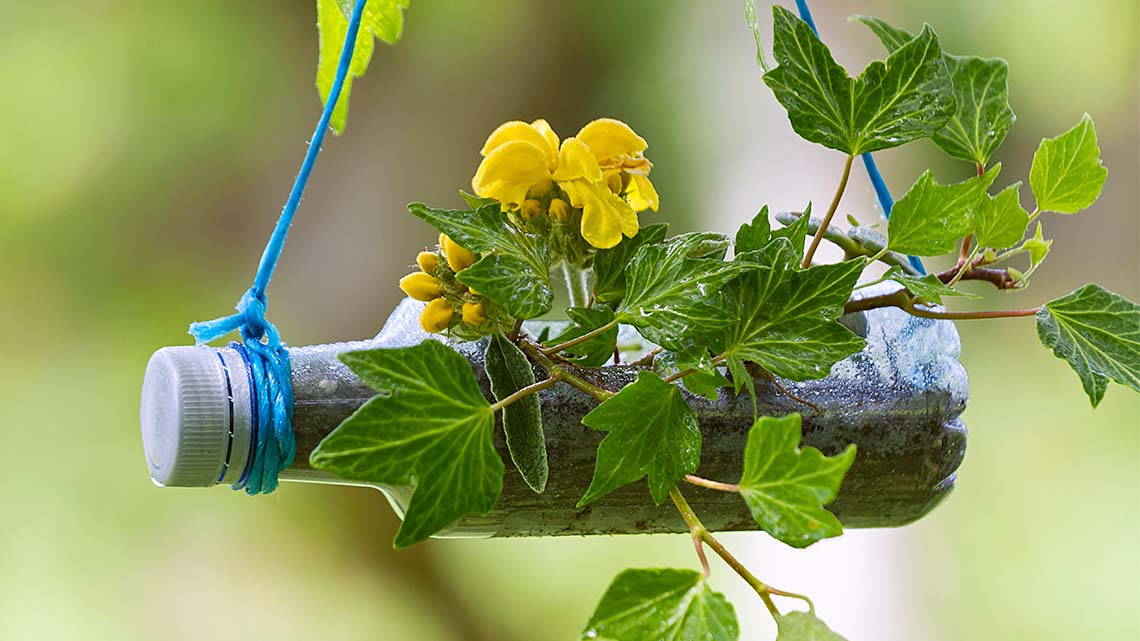
When this water bottle was empty, it was used as a planter instead of being thrown away.
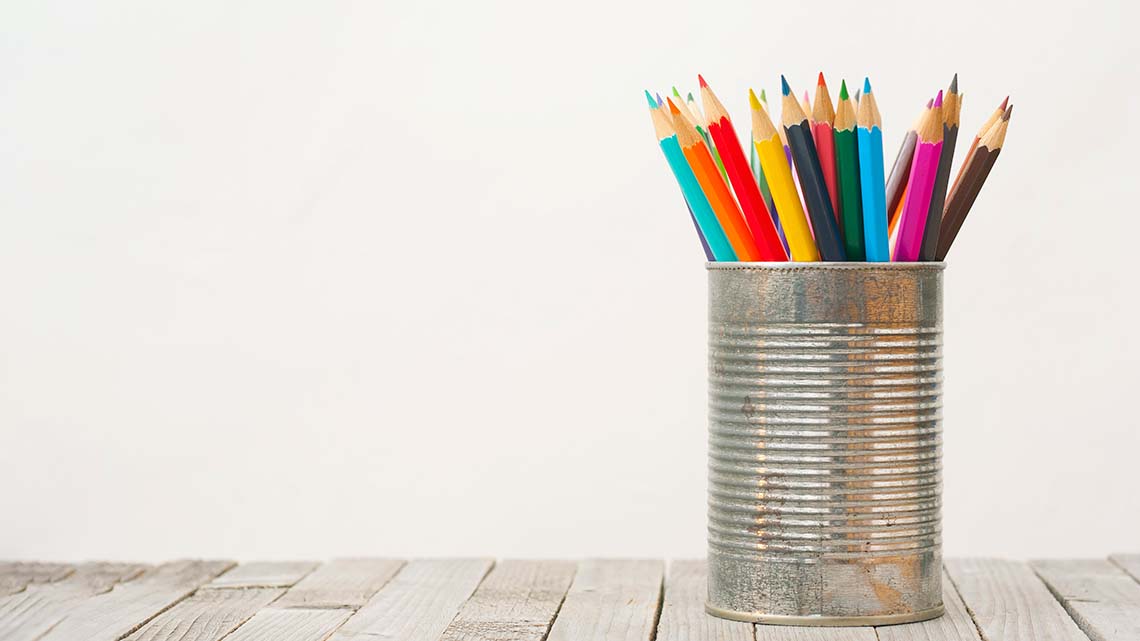
When this food can was eaten and empty, it was washed out and used as a pencil crayon holder instead of being thrown away.
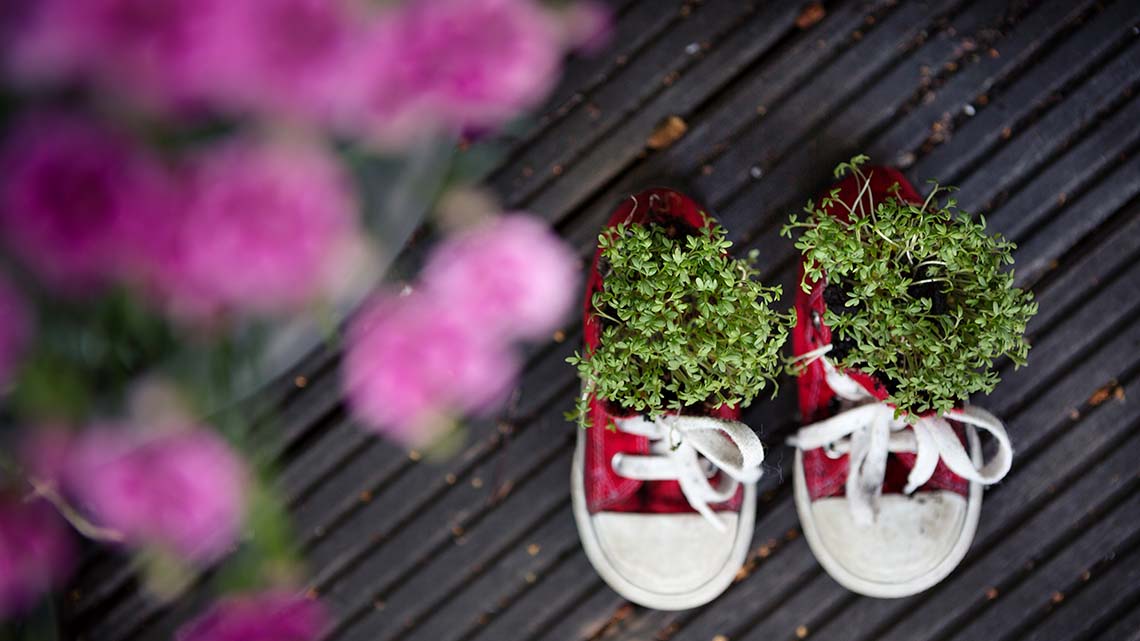
When this pair of shoes were outgrown, they were used as a planter instead of being thrown away.
Think about it!
Can you think of any objects in your home or school or community that were once used for one object but are now used for something else?
Record any of these objects on paper, on the computer, or in a recording.
What is upcycling?
Upcycling is when an object that is broken or not able to be used anymore is turned into something else!
You are going to use a few research skills to help understand upcycling a little more.
First, you will ask how an object can be upcycled.

In Science we ask questions to help us figure out what the problem is.
Next you will learn about the answer using clues from words and pictures shown here, and by possibly asking someone else.

Time to learn! We can learn things from different places and people.
Then you will record your ideas.

It’s time to record what you have learned. You could write it down or make an audio or video recording.
Look at these objects. What is one way they can be upcycled? It’s important to be creative!
Record your ideas in a picture or using words. You can record them on the computer, on paper, or in a recording.
Rubber boots
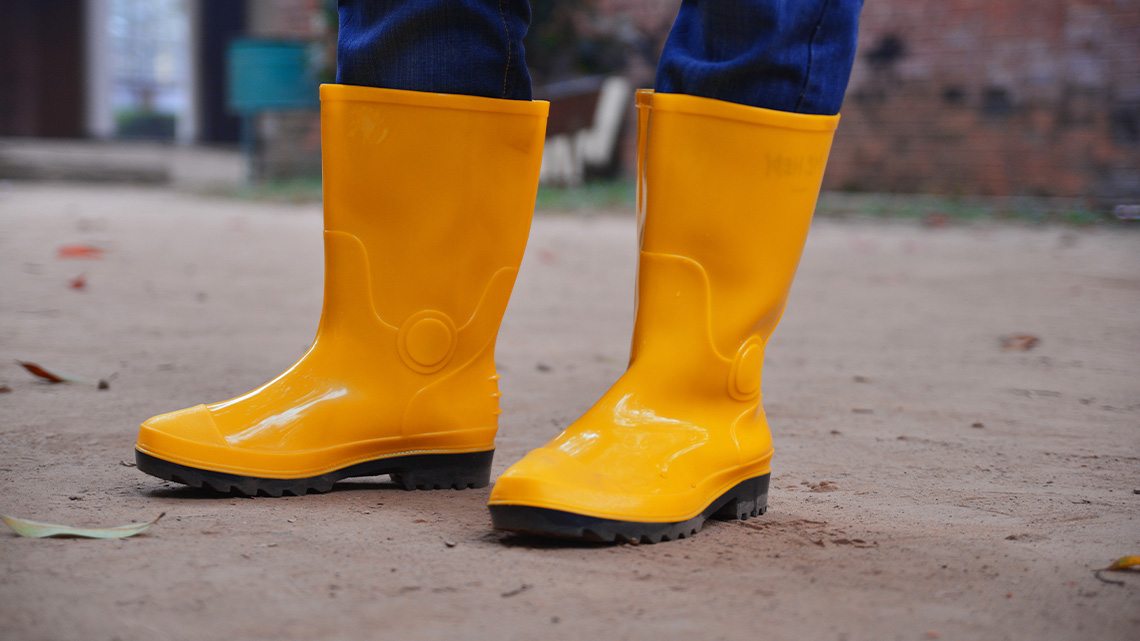
Press ‘Example’ to access a way these rubber boots can be upcycled.
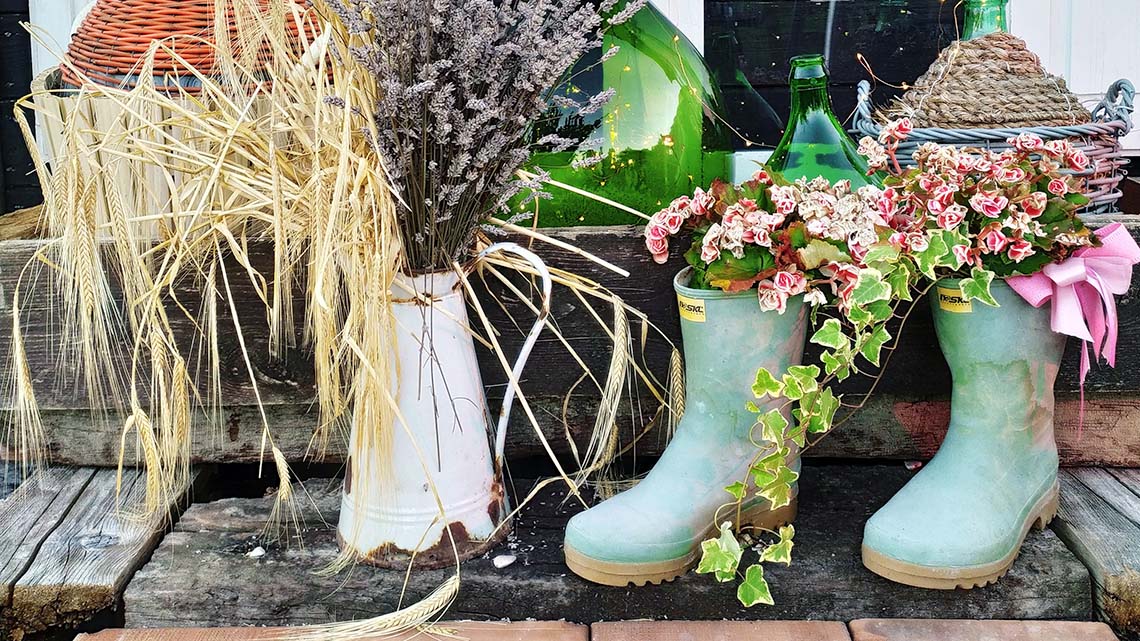
Tires
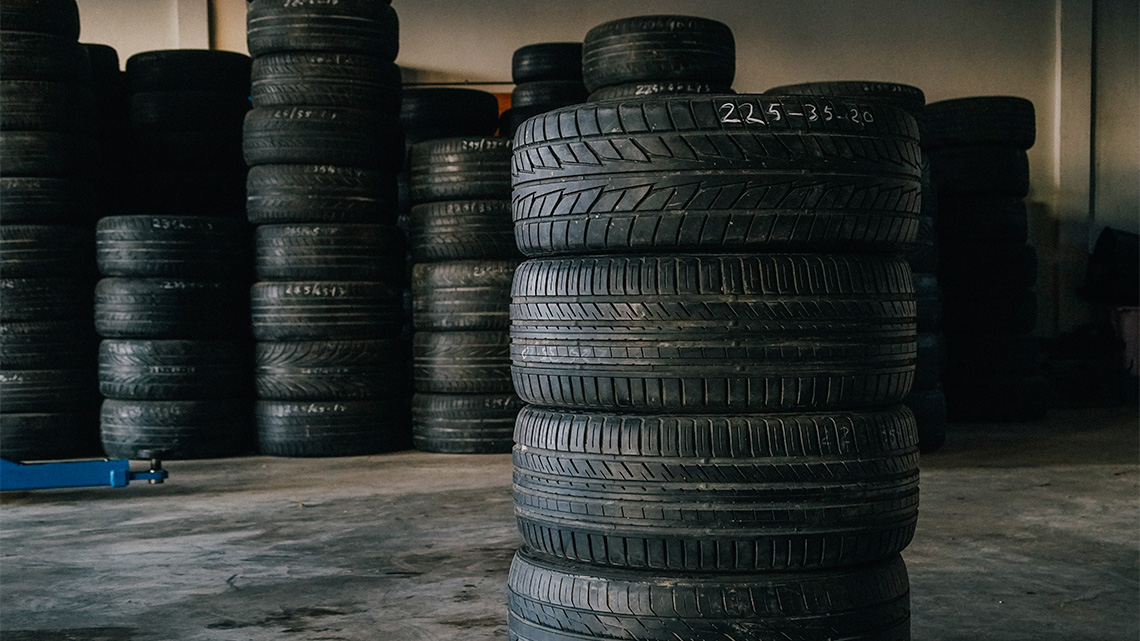
Press ‘Example’ to access a way these tires can be upcycled.
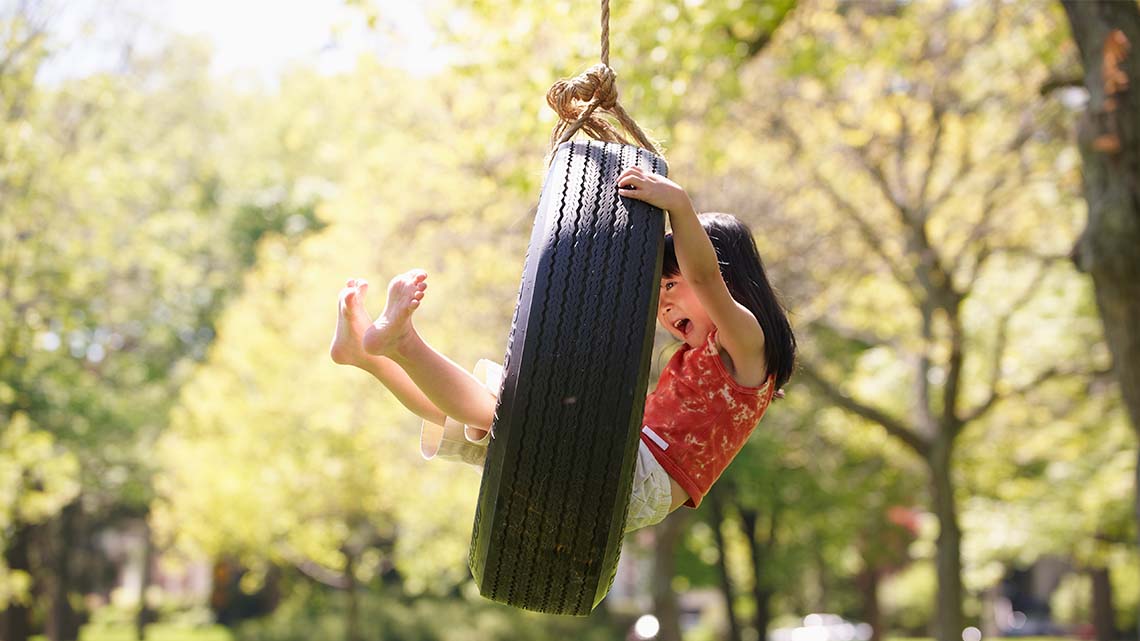
Toilet paper rolls
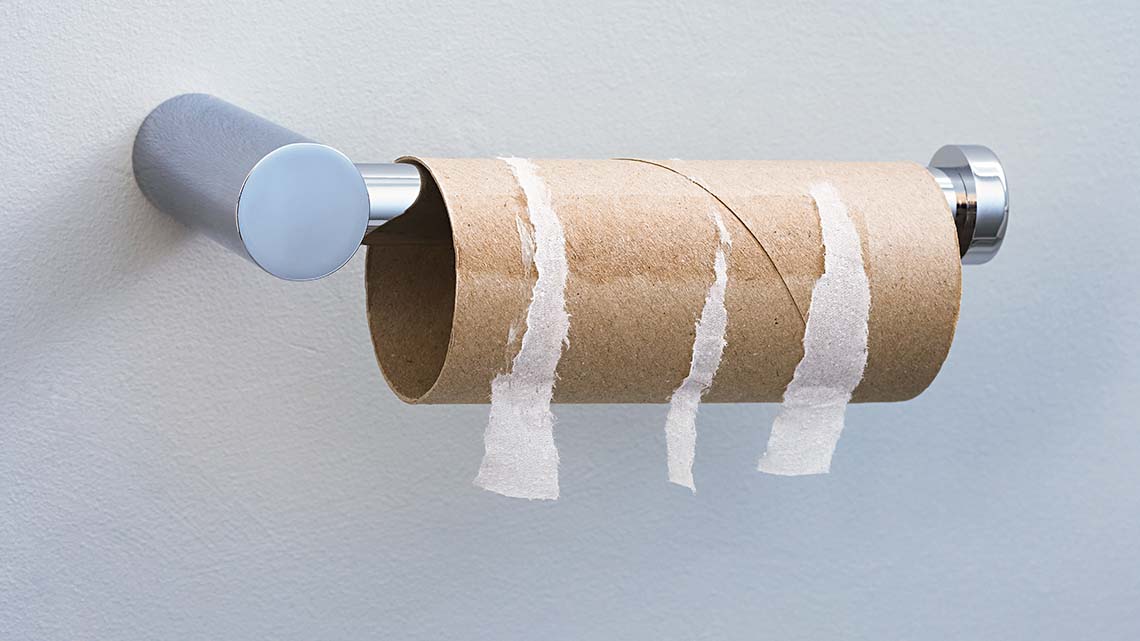
Press ‘Example’ to access a way that this toilet paper roll can be upcycled.
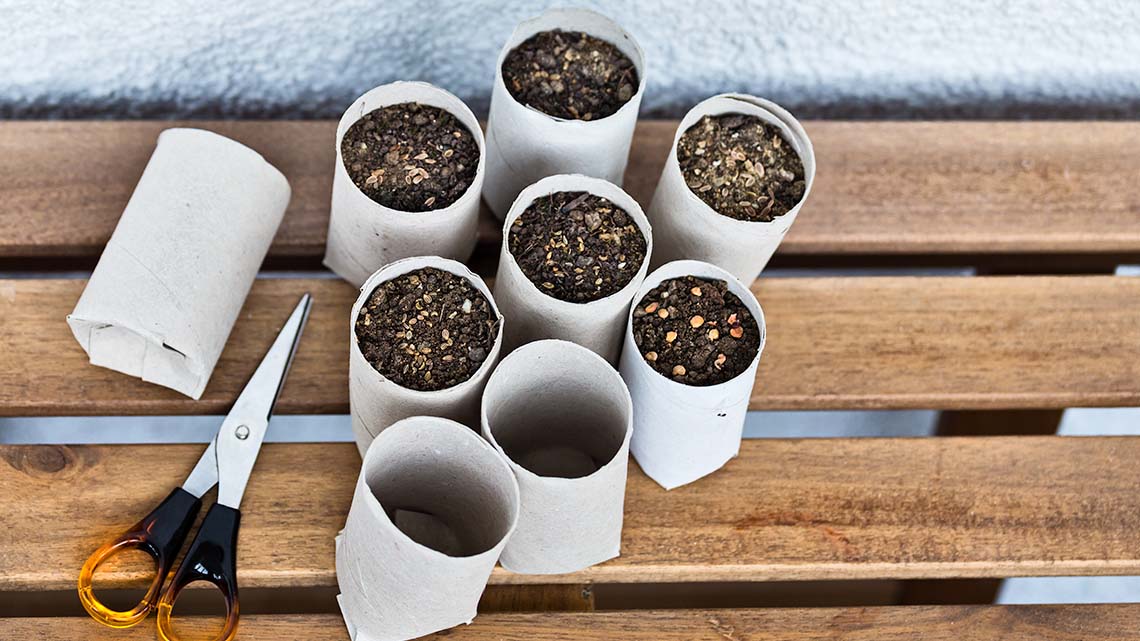
Toilet paper rolls at the end of their life cycle can become planters!
Consolidation
Making flowerpots
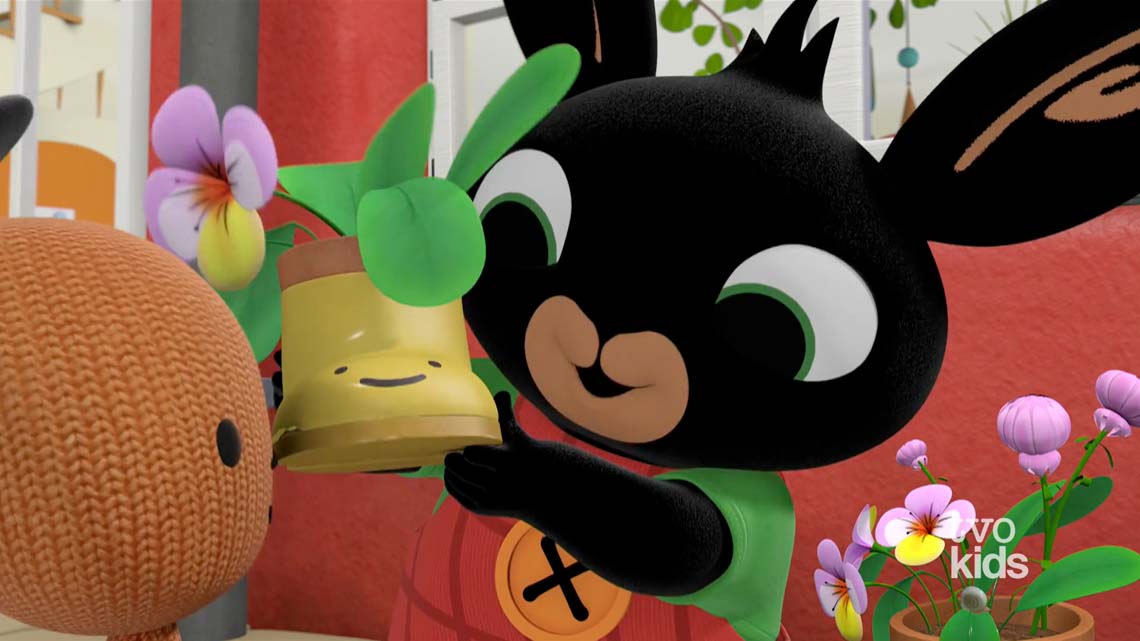
Explore this video that shows how Bing upcycles rubber boots when they have a leak.
When people upcycle old objects, they do not get thrown in the garbage.
This helps the environment because the object is not becoming waste and it even saves energy because new objects don’t need to be made.
Think about it!
How did Bing help the environment by upcycling their rubber boots?
Explain why upcycling is a good idea and how it can help the environment. Share your explanation with your upcycling ideas.
Record your ideas on the computer, on paper, or in a recording.
Reflection
How do you feel about what you have learned in this activity? Which of the next four sentences best matches how you are feeling about your learning? Press the button that is beside this sentence.
I feel…
Now, record your ideas about your feelings using a voice recorder, speech-to-text, or writing tool.
Press ‘Discover More’ to extend your skills.
Discover MoreExplore this upcycling video. It shares how to create a tin can planter.
If possible, have an adult or caregiver help you to design and create a planter of your own.
You can use a tin can like they did in the video or another object such as:
- a toilet paper roll folded at one end
- a boot that is no longer being used
- a milk container
